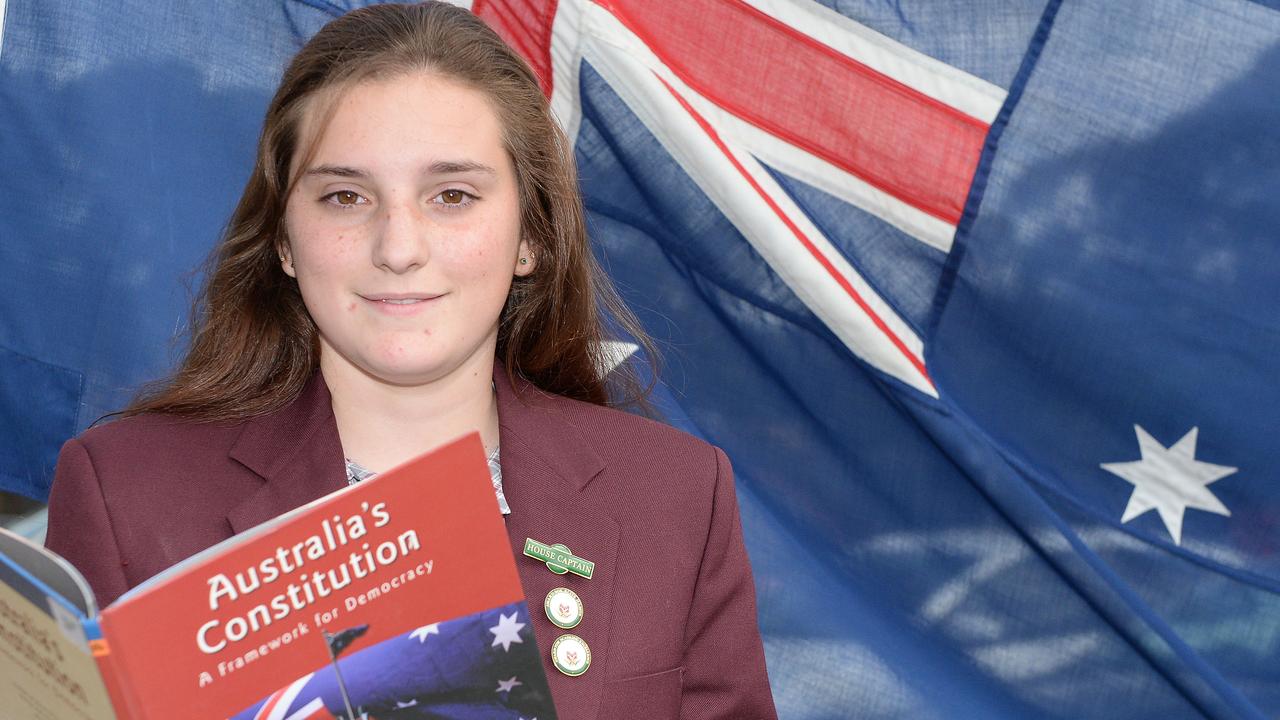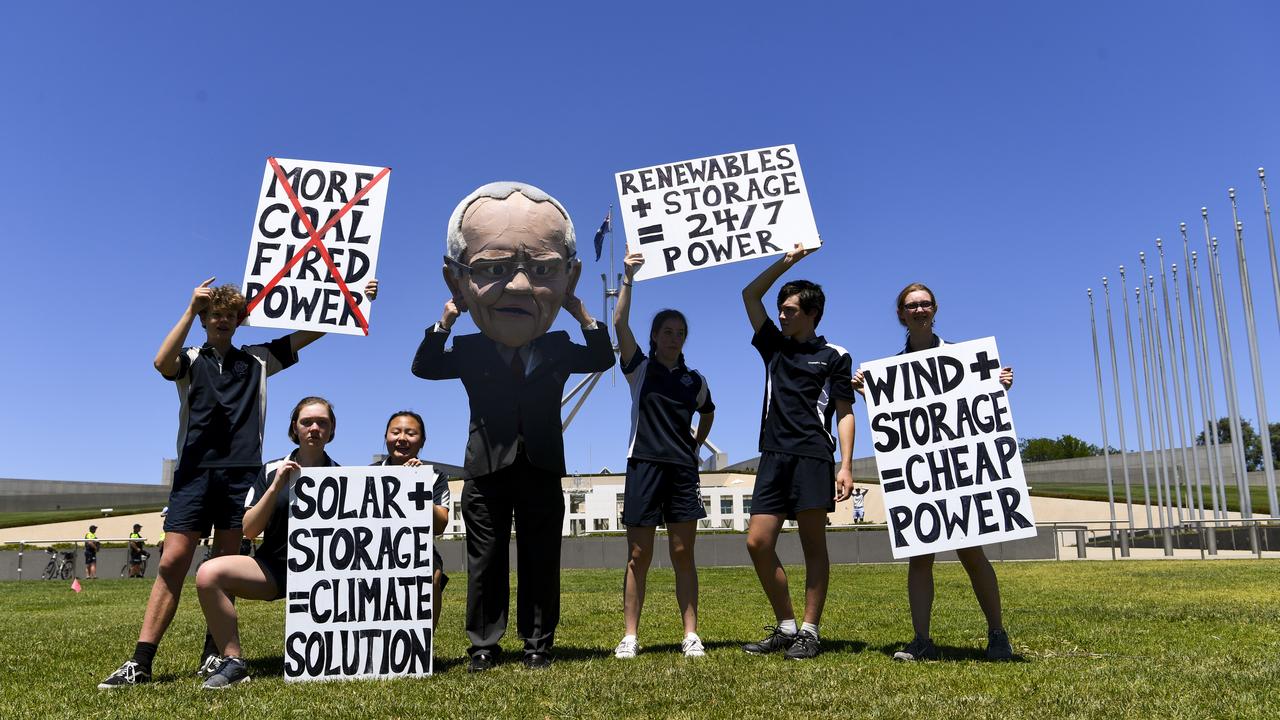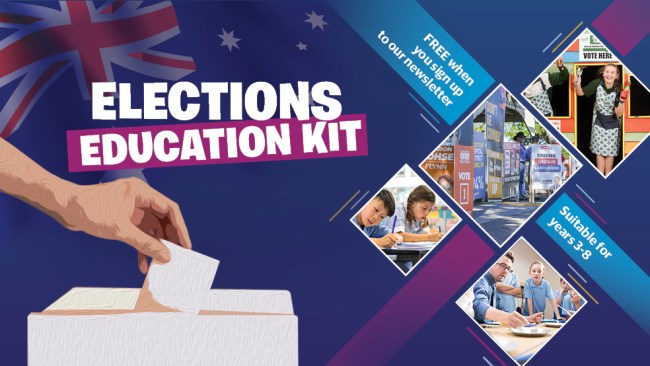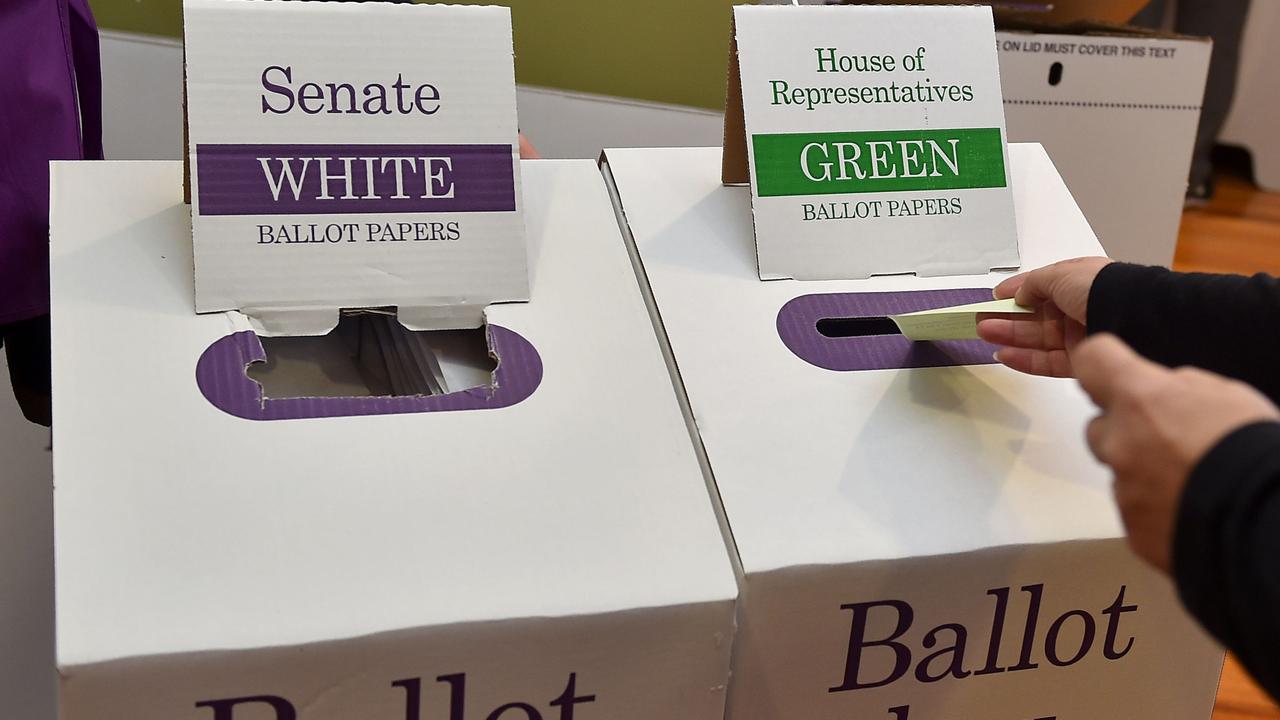Elections Part 10: What do elections have to do with me?
PART 10: Kids can have a say, be leaders and help make a difference for the future, well before the voting age of 18

READING LEVEL: GREEN
When you’re a kid, it’s not your responsibility to worry about and fix everything that needs fixing in the world. Adults are responsible for taking care of big things.
Of course, one day you will be an adult! And while you’re growing up, having a go at making a difference on issues you feel strongly about is really valuable. Here’s how to get started.
NOTICE what’s going on around you. It’s the first step to becoming engaged* in the issues of the day and for your future. What’s going on in your school, community, state or across Australia and the world? Is there something happening that affects you or your family or friends? Is there an issue that makes you feel happy, excited, sad, cross, or worried?

READ, WATCH and LISTEN to news, but choose news sources you can trust that stick to the facts. Be wary* of fake news that pretends to give you facts. Check with a teacher and other adults whether the news source is a good one. And if something in the news worries or scares you, tell an adult about how you feel and why.
LEARN more details by watching documentaries and listening to talks and podcasts.
THINK about what you’re learning. This could be the most important point! Some ways to think about an issue include:
- Is this thing that’s happening good or bad?
- Are there winners and losers?
- Does it feel (and is it actually) fair or unfair?
- Is it legal or against the law?
- If it’s not against the law, would the law be better if it was changed?
- And, about all of these things, keep asking and wondering: WHY?
TALK, WRITE AND SHOW UP
SHARE what you’ve learned about an issue with others.
DISCUSS something you feel strongly about by inviting others to talk through an issue with you. If other people feel part of a conversation (rather than just being told what to think) they are more likely to want to keep talking about it. They may have new facts to share and tell you about an opinion you hadn’t yet considered. Discussions can happen without any planning or you may decide to invite friends, family or community members to a meeting to discuss the issue.
WRITE letters to leaders who have the power to help make changes. Who you write to will depend on the issue, but could include your teacher, head of school, local councillor or mayor, heads of companies or state and federal members of parliament.

PETITION leaders by collecting signatures from people who also want change on an issue. Send your petition to someone who can do something about the issue. Petitions can sometimes be presented to parliament if they follow certain rules. Visit aph.gov.au/parliamentary_business/petitions
GO to meetings and peaceful rallies*, marches or public gatherings, with your parents’ help. While you’re there, listen to what others say and give your opinion, too.
JOIN community organisations already working on solving an issue you feel strongly about. If there’s a relevant charity that welcomes donations, think of ways you could fundraise. You could hold an event in exchange for a gold-coin donation, make and sell badges, food treats or second-hand books. Or you could offer to do extra jobs around home in exchange for donations to pass on to the charity. The possibilities are endless!

BE A LEADER
Take opportunities to be a leader in your community to help engage others in important issues.
Try not to feel shy. And don’t worry about failure. There’s no such thing!
Every time you show interest in a leadership position and explain to others why you’d like to be involved you’re gaining valuable experience and sharing something of what you know and feel strongly about. You’re also inspiring others to follow your lead.
When you’re old enough, consider joining youth parliament in your state or territory.
GLOSSARY
- engaged: involved
- wary: feel or show caution; be careful of something
- rallies: gatherings to show support
EXTRA READING
Step inside the houses of federal parliament
Welcome to Canberra, home of democracy
QUICK QUIZ
- Where does the story suggest you should get your news from?
- List three of the suggested ways to think about what you are learning?
- What happens when others feel part of a conversation, rather than being told what to think?
- Who does the story suggest you write letters to?
- What leadership position could you consider joining in your state or territory when you are old enough?
LISTEN TO THIS STORY
CLASSROOM ACTIVITIES
Refer to the accompanying Elections Education Kit classroom workbook with 20 activities. It’s FREE when teachers subscribe to the Kids News newsletter.

